Artificial Lawn Grass: Information On Artificial Lawn Pros And Cons
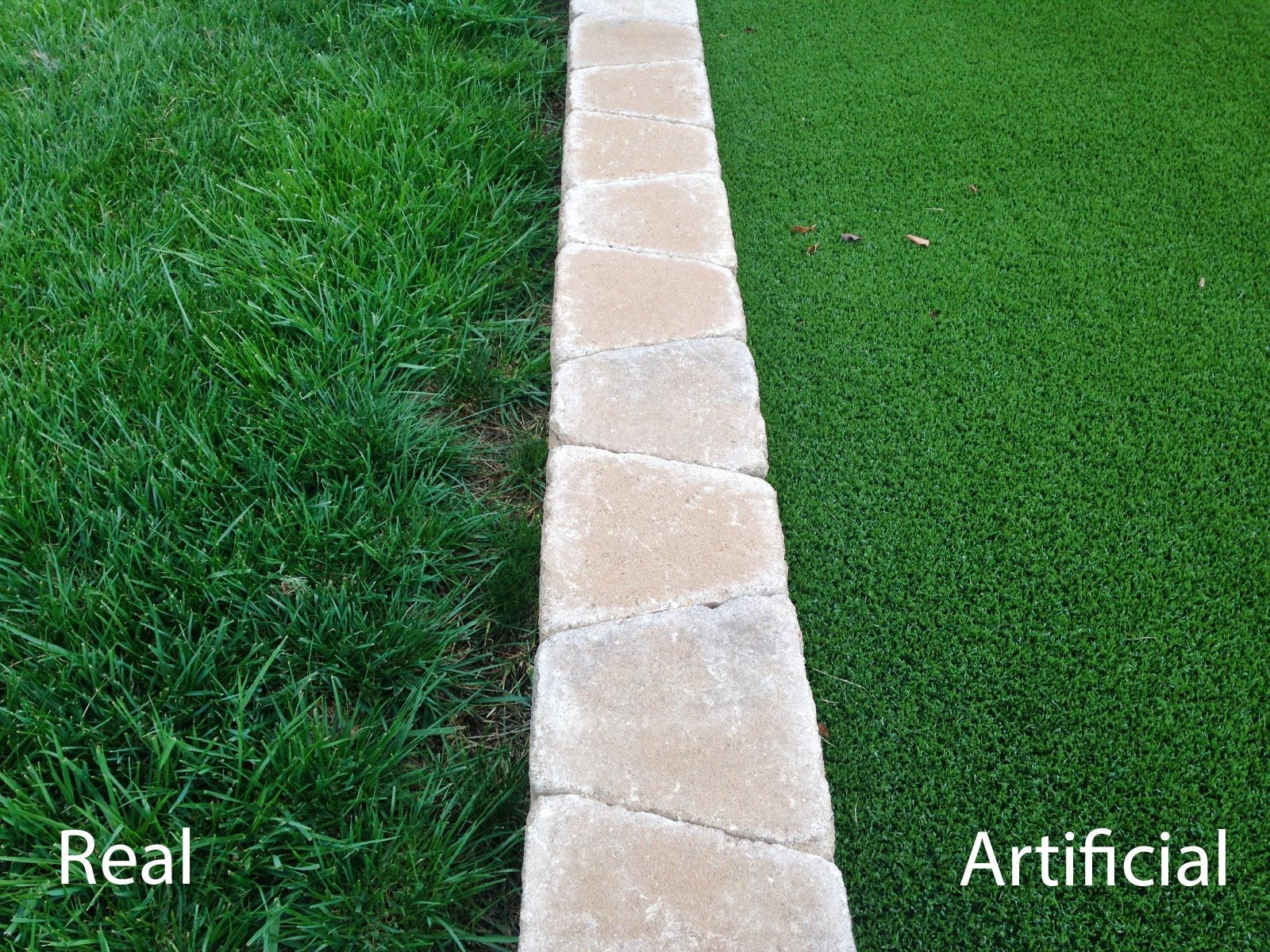

What is an artificial lawn? Often known as fake grass or artificial turf, artificial lawn grass is constructed of synthetic fibers that are devised to mimic the feel and appearance of a natural lawn. Although artificial turf has been used in sports fields for years, it is becoming more common in residential applications. Newer artificial grass is manufactured to feel and look much like its natural counterpart. Read on to learn more.
Artificial Lawn Grass Info
Artificial lawn grass consists of synthetic, grass-like fibers or yarn – often polypropylene or polyethylene. Quality artificial lawn grass consists of several layers, including backing, cushioning, two or three drainage layers, and infill, which is often made from substances like recycled rubber tires or natural cork. If you are thinking about installing an artificial lawn, the pros and cons of using artificial grass for yards should be carefully considered.
Artificial Lawn Pros
- Choice of several colors, styles, and heights so you can choose the artificial grass that looks most natural in your environment.
- No watering. This is an important consideration during the current drought (and saves time too).
- No need for fertilizer, which means no toxic chemicals seeping into the groundwater.
- No need for mowing.
Artificial Lawn Cons
- Artificial lawn is an expensive, long-term investment. However, the cost should be balanced with the time and cost involved in caring for a natural lawn.
- Some people say artificial grass emits an unpleasant, rubbery odor on hot days.
- Although the grass is low maintenance, it tends to collect dust and leaves.
- As of yet, very little research exists regarding artificial lawn’s impact on earthworms, insects, or soil microbes.
Artificial Lawn Care
Artificial lawn care means periodic cleaning, although people who live in dusty areas or those who have young children or pets will probably need to clean more often. Most dust and debris are easily removed with a blower, flexible garden rake, a broom with stiff bristles, or a garden hose. Occasionally, it may be necessary to sweep the grass with a broom to keep it standing upright in a natural fashion, especially if your family enjoys laying on the grass and it becomes compacted. Artificial lawn grass is stain-resistant, and most problem areas can be cleaned with soap and water or vinegar and water. A vinegar mixture also works as a disinfectant.
Gardening tips, videos, info and more delivered right to your inbox!
Sign up for the Gardening Know How newsletter today and receive a free copy of our e-book "How to Grow Delicious Tomatoes".

A Credentialed Garden Writer, Mary H. Dyer was with Gardening Know How in the very beginning, publishing articles as early as 2007.
-
 Looking For Plants To Give You The Soft And Fuzzies? Try These 5 Fuzzy Leaf Plant Options
Looking For Plants To Give You The Soft And Fuzzies? Try These 5 Fuzzy Leaf Plant OptionsLovers of texture, drama, silver foliage and tactile plants will adore these special sensory garden additions. These fuzzy leaf plant options will leave you all aglow
By Susan Albert
-
 Get Ready For A Summer Of Hummers! Grow These Full Sun Hummingbird Plants and Flowers
Get Ready For A Summer Of Hummers! Grow These Full Sun Hummingbird Plants and FlowersIf you’re lucky enough to enjoy a sunny backyard, make sure you are maxing out on your pollinator opportunities and grow these full sun hummingbird plants and flowers
By Tonya Barnett
-
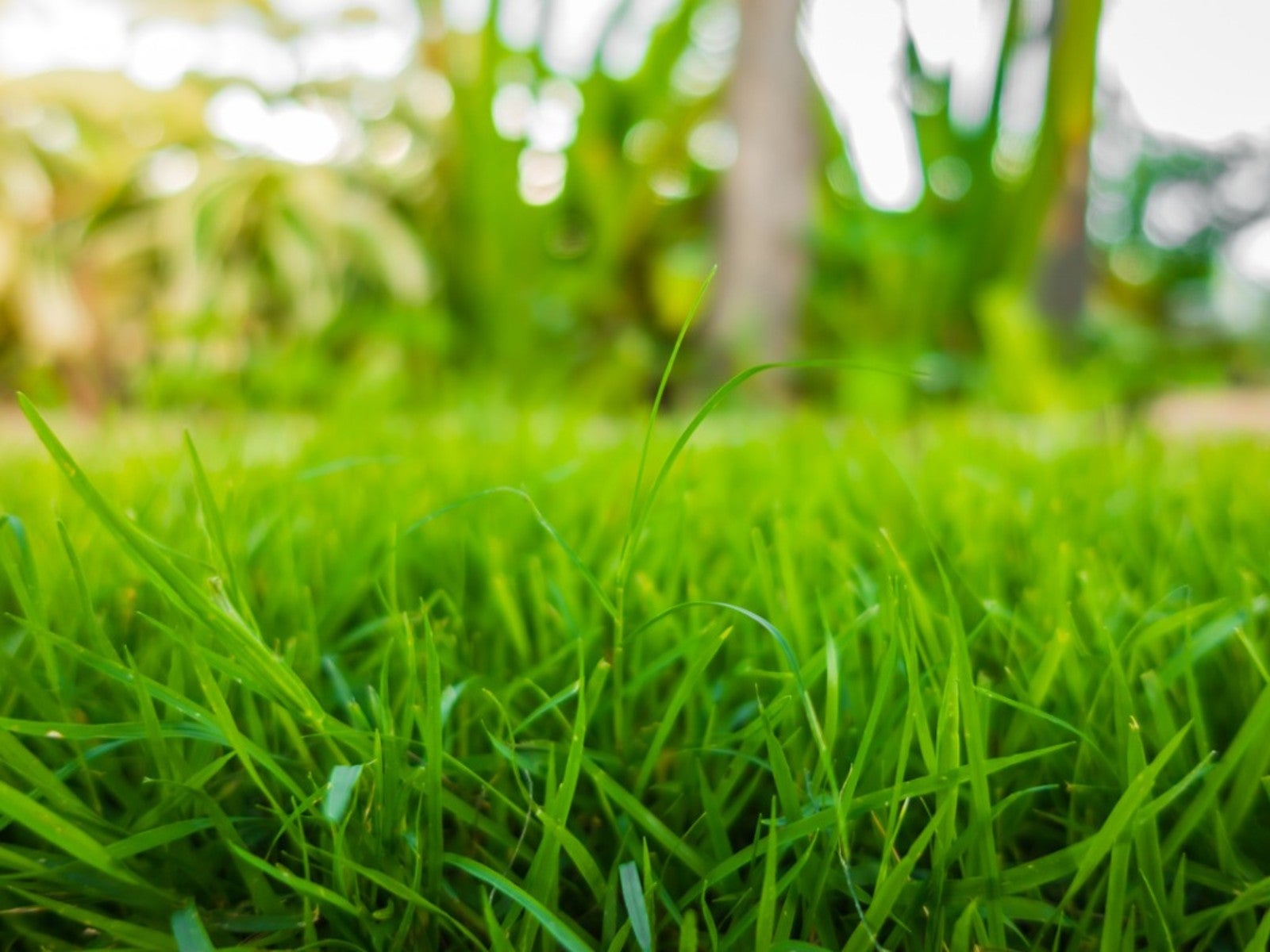 Sustainable Turf Species For A Greener Lawn
Sustainable Turf Species For A Greener LawnClick here for some of the most sustainable types of turf grass you can grow for an eco-friendly lawn.
By Bonnie L. Grant
-
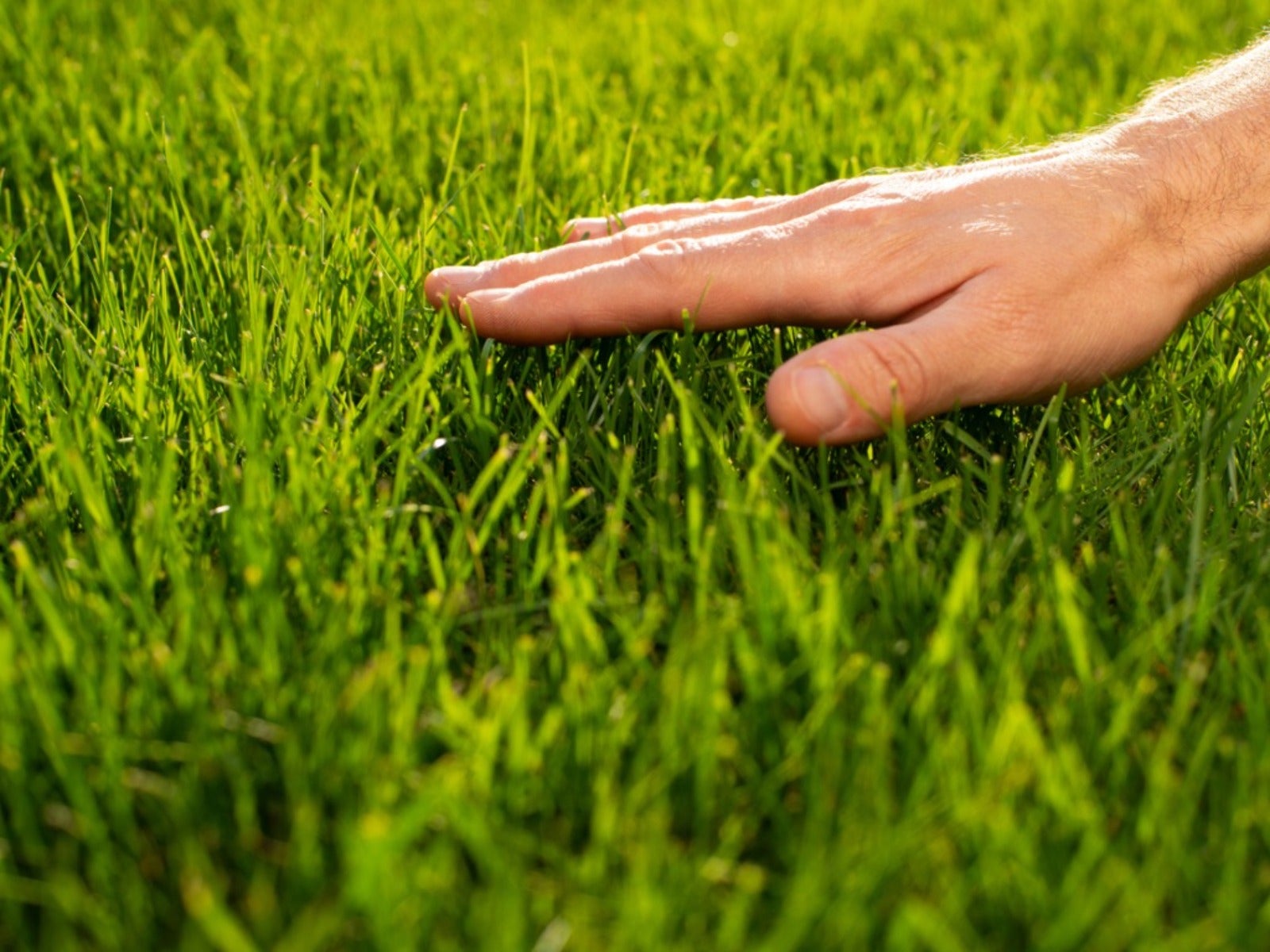 How To Grow A Sustainable Lawn
How To Grow A Sustainable LawnAdjust your thinking about a perfect green lawn and consider more sustainable methods. Click here to learn how.
By Mary Ellen Ellis
-
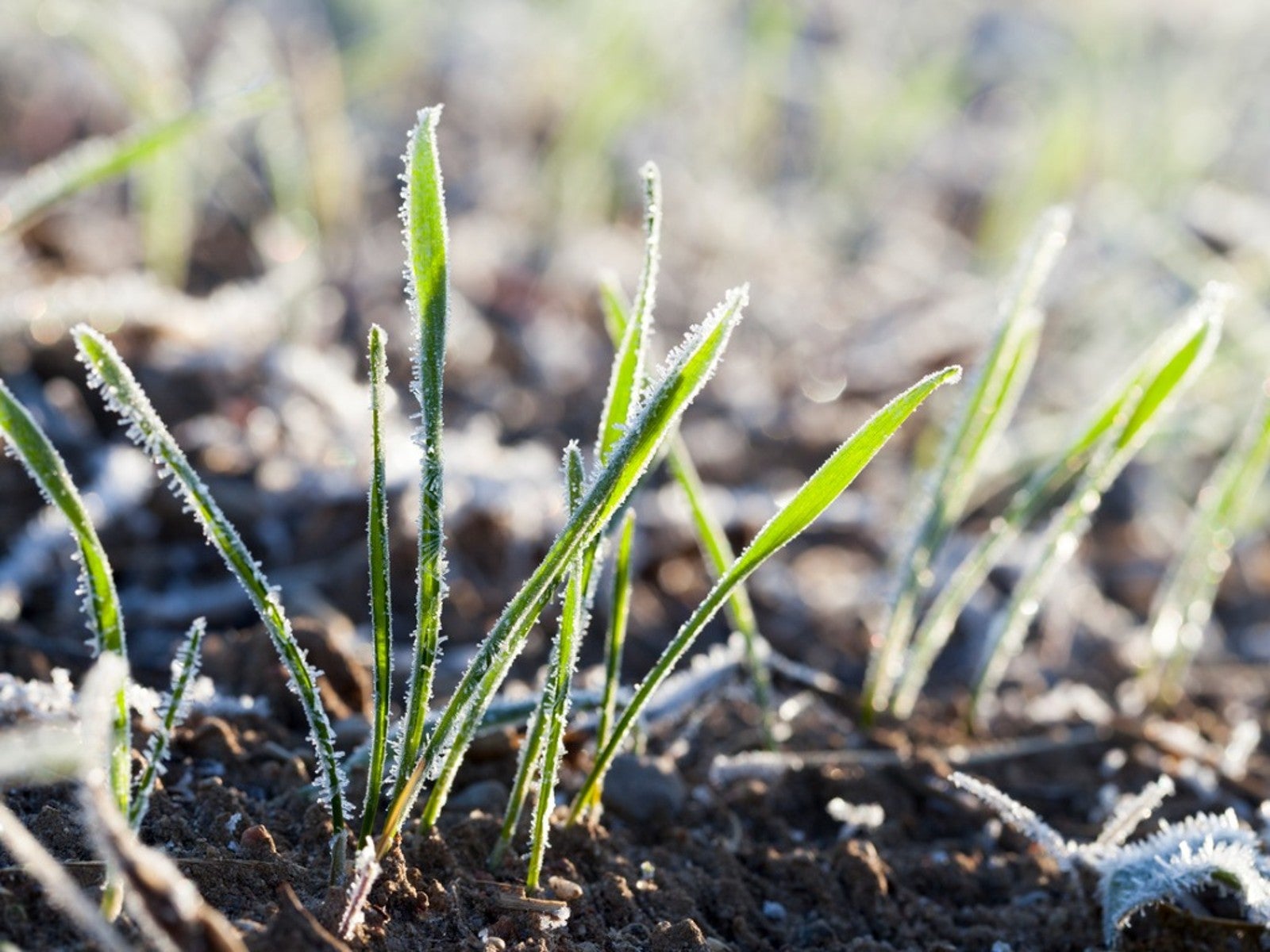 Will Frost Kill Grass Seed And How To Help New Turf Survive
Will Frost Kill Grass Seed And How To Help New Turf SurviveLearn how to help your newly sown grass survive frost and freezing weather.
By Amy Grant
-
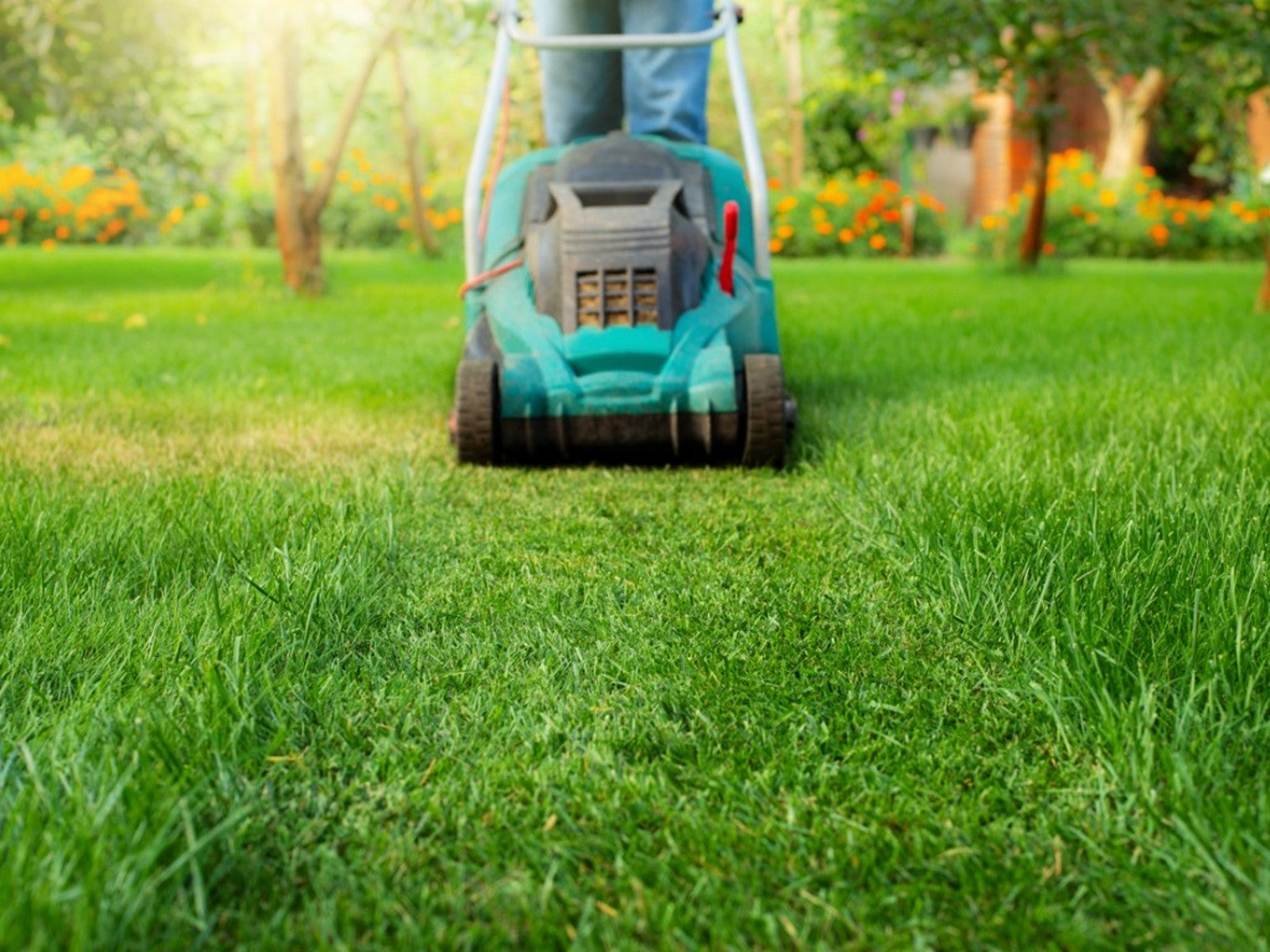 Lawn Problems That Aren’t Really Problems
Lawn Problems That Aren’t Really ProblemsYour lawn may not require as much work as you think. Learn which common problems aren’t really problems.
By Teo Spengler
-
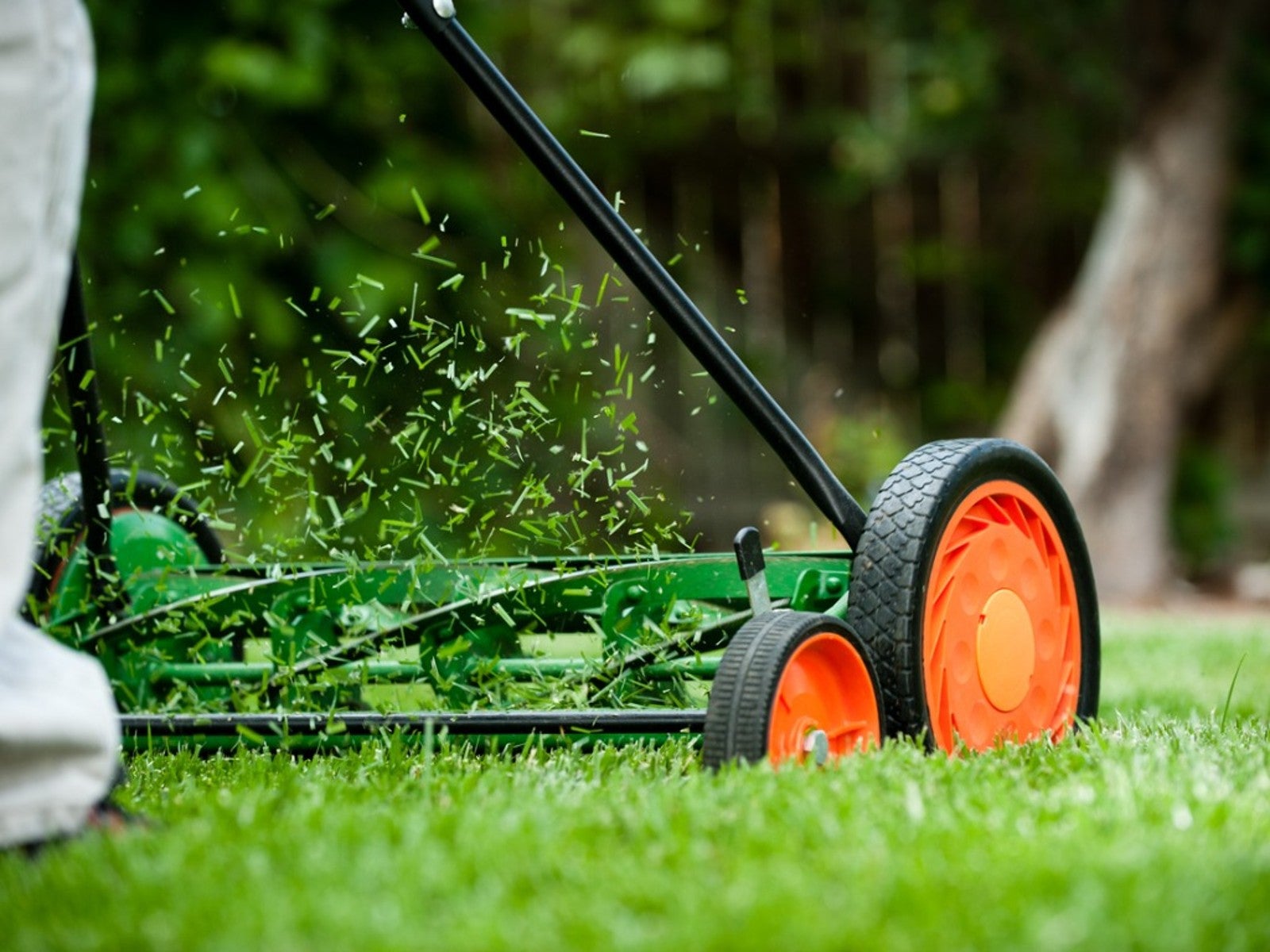 Why A Manual Push Mower Is Good For You And The Environment
Why A Manual Push Mower Is Good For You And The EnvironmentReel mowers are making a comeback, but why? Click here to learn about reel mower pros and cons.
By Amy Grant
-
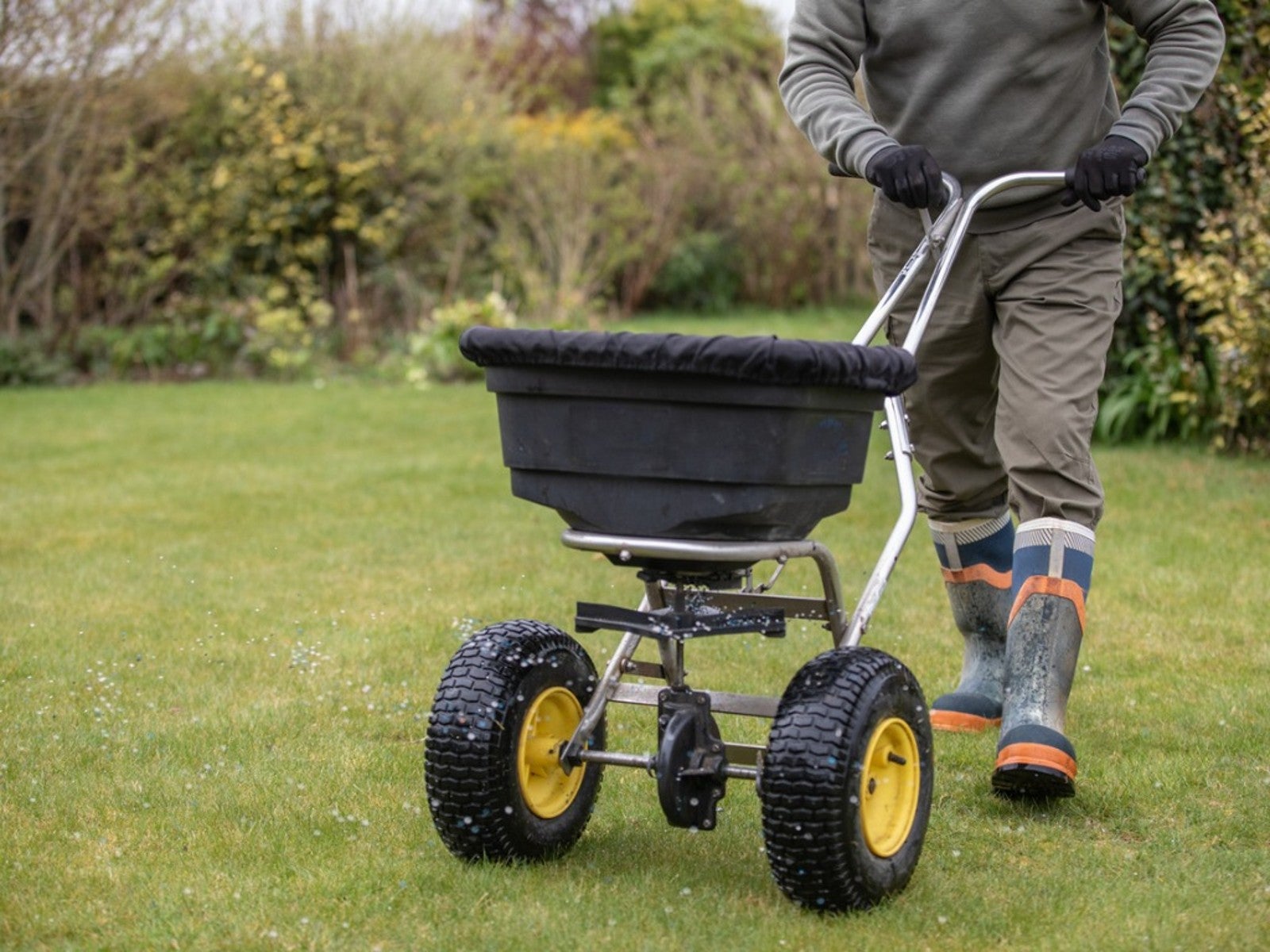 Fertilize Grass In Fall For A Lush Lawn In Spring
Fertilize Grass In Fall For A Lush Lawn In SpringFor everything you need to know about fertilizing your lawn in the fall, click here.
By Susan Albert
-
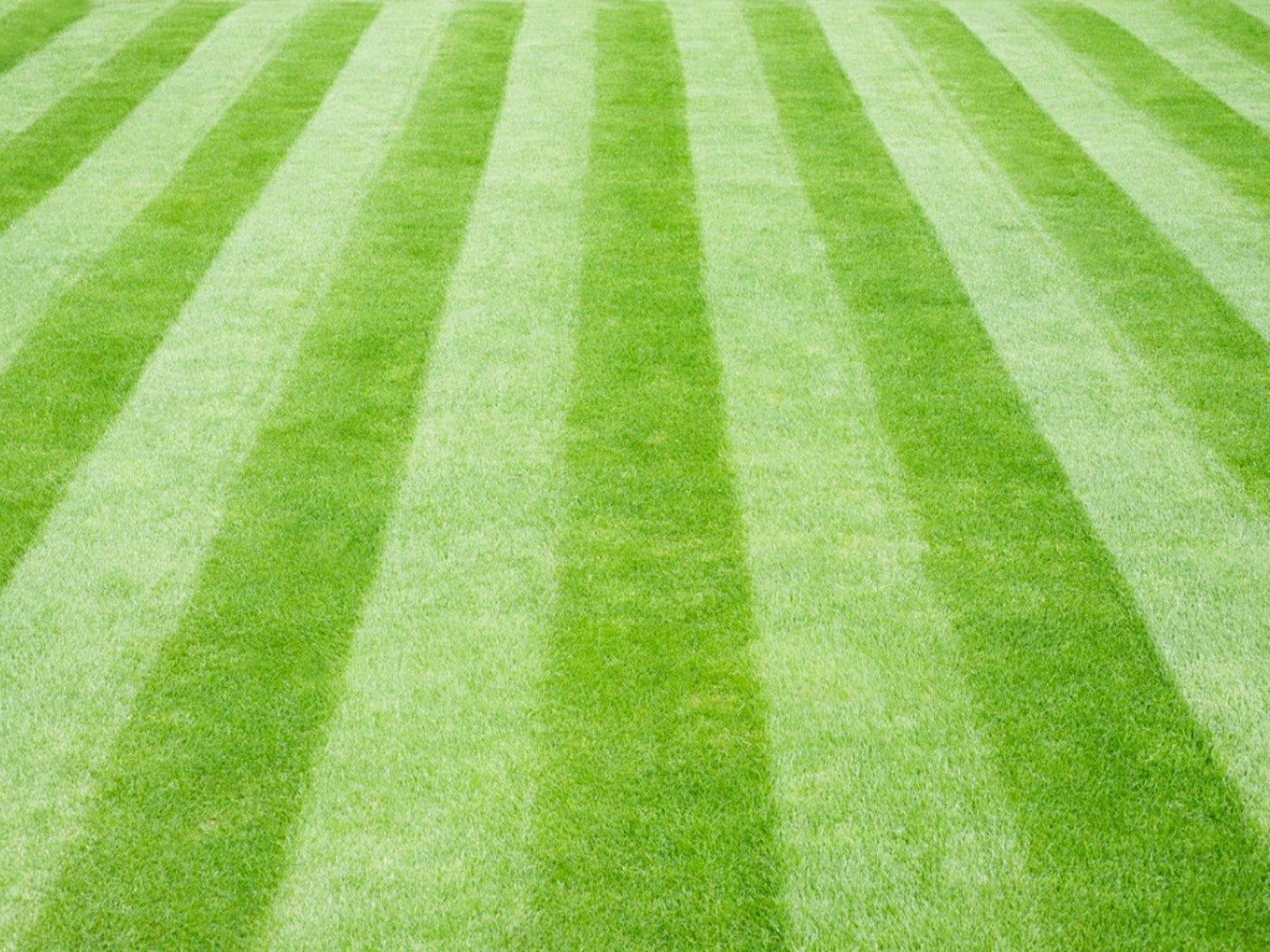 Tips For Mowing Stripes In Lawn
Tips For Mowing Stripes In LawnWouldn’t it be great to have stripes in your lawn like a sports field? Learn how here.
By Susan Albert
-
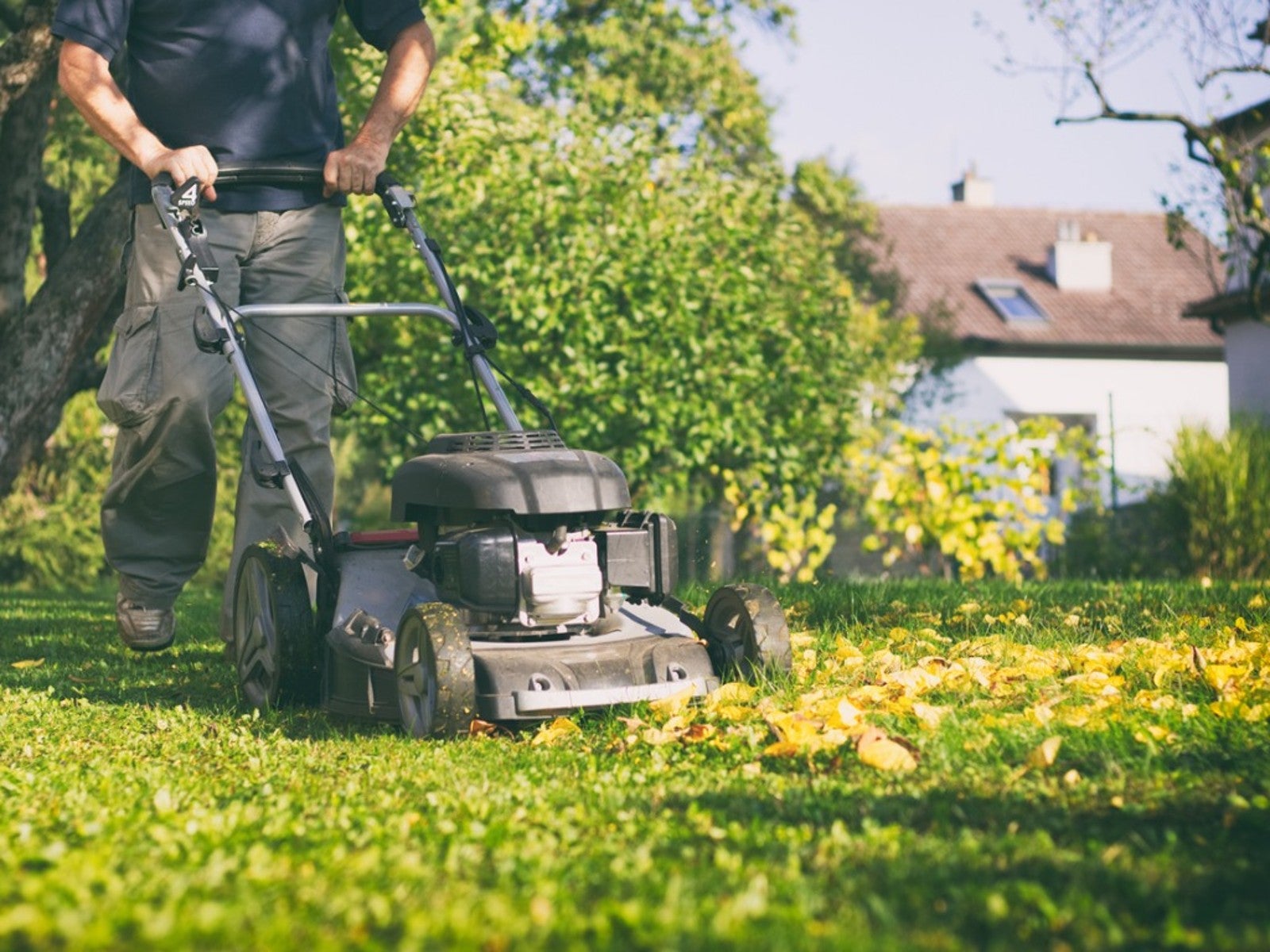 Late Summer Lawn Care Checklist
Late Summer Lawn Care ChecklistPlan to do some late summer care and maintenance of your lawn so it will be healthy and beautiful in the spring. Here are some tips.
By Laura Miller